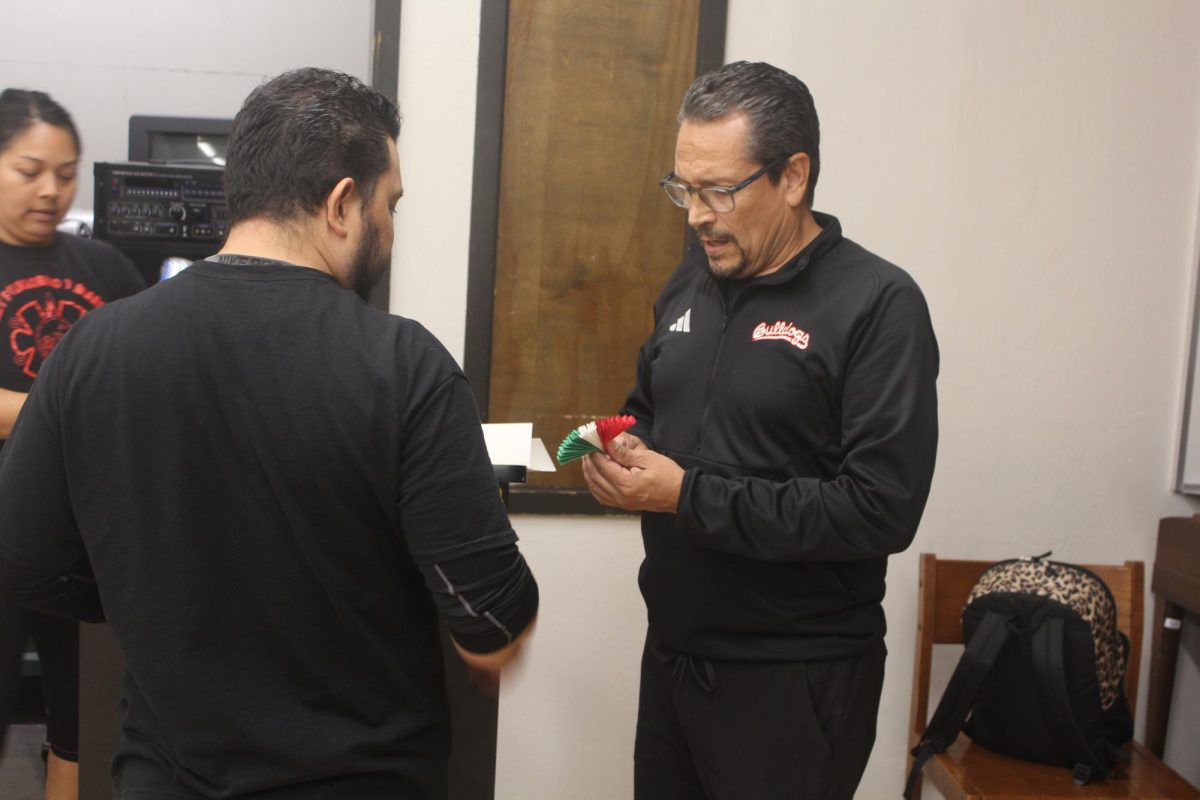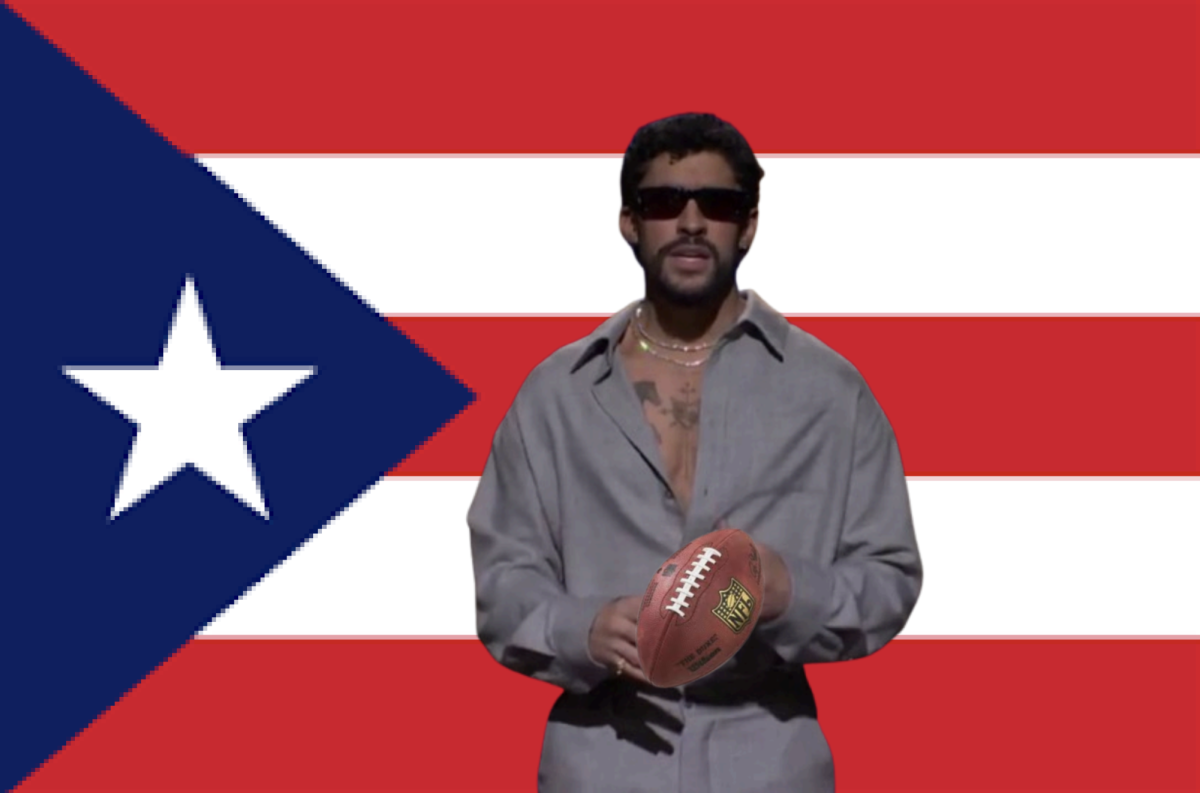St. Patrick’s Day is celebrated every March 17. This day honors the death of the patron saint of Ireland, St. Patrick, who is believed to have died on March 17, 461 A.D. He is credited with saving the Irish from Paganism and bringing Christianity to Ireland.
What most people don’t know is that St. Patrick isn’t Irish. He was born in Great Britain, which was ruled by Rome around 390 A.D. When he was 16 years old, Patrick was believed to have been kidnapped from his home by Irish raiders and was brought to Northern Ireland around Mount Slemish, where he was sold as a shepherd slave.
For six years, St. Patrick was alone tending to the sheep and the wild animals around the mountain. During these years, Patrick turned to God and Christianity. According to the YouTube video “Who was St. Patrick and the History Behind St. Patrick’s Day,” one day on Mount Slemish, Patrick had a dream from God that told him to leave the mountain.
Patrick ran away from Mount Slemish and headed towards the sea, and boarded a ship that God told him to get on in his dream. Patrick went to Britain and France, studied at the Christian churches, and became a priest. After 20 years, Patrick returned to Ireland and spread Christianity all over. He halted the spread of Paganism and prevented Ireland from becoming a barbaric place.
The most well-known legend of St. Patrick is how he explained the Holy Trinity (Father, Son, and Holy Spirit) with a shamrock, known as a three-leaf clover. People wear green to honor St. Patrick and the shamrock, according to the History of St. Patrick’s Day by the History website.
St. Patrick’s Day wasn’t widely celebrated in Ireland. This day was to mourn St. Patrick, and the Irish observed it by attending church and having a feast afterward. It wasn’t until Irish immigrants came to America that St. Patrick’s Day became the celebratory holiday it is today. The first St. Patrick’s parade was recorded on March 17, 1601, organized by the Spanish colony’s Irish vicar Ricardo Artur in what is now known as St. Augustine, Florida, but was then a Spanish colony.
Centuries later the celebration was brought to New York by Irish soldiers and only grew from there. During the Great Potato Famine in Ireland, millions of Irish families immigrated to America. Facing discrimination from American Protestants due to their beliefs and accents, Irish Americans realized that, because of their significant population, they could influence political power. The St. Patrick’s Day parades became political for Irish Americans to demonstrate their strength and support political candidates.
Today, St. Patrick’s Day is celebrated all over the world, including in the United States, Canada, Japan, Singapore, and more. The New York St. Patrick’s Day parade is the largest and oldest civilian parade in the United States, with over 3 million attendees watching the 1.5-mile procession.
Traditions have emerged all over the United States as Irish immigrants spread out. In Chicago, every St. Patrick’s Day the Chicago River is dyed green to celebrate. Forty pounds of green vegetable dye are used to keep the river green for several hours with minimal environmental damage.
The icon and legend associated with St. Patrick’s Day said to emerge to pinch those not wearing green, is the leprechaun. Sprouted from Celtic belief, leprechauns are considered cranky souls that mend the shoes of other fairies. Leprechauns are known for their trickery and are celebrated with people dressing up as these fairy creatures.







